From one of the untouched, unrecorded caves of the municipality of Tabogon, Cebu Philippines, introducing Kayag-ang: the Bisaya Whip Spider.

Welcome to this unknown cave with its section situated under a bamboo tree (bush) and with its entrance partially blocked by the roots of Maring-Maring tree (similar with Balete tree).
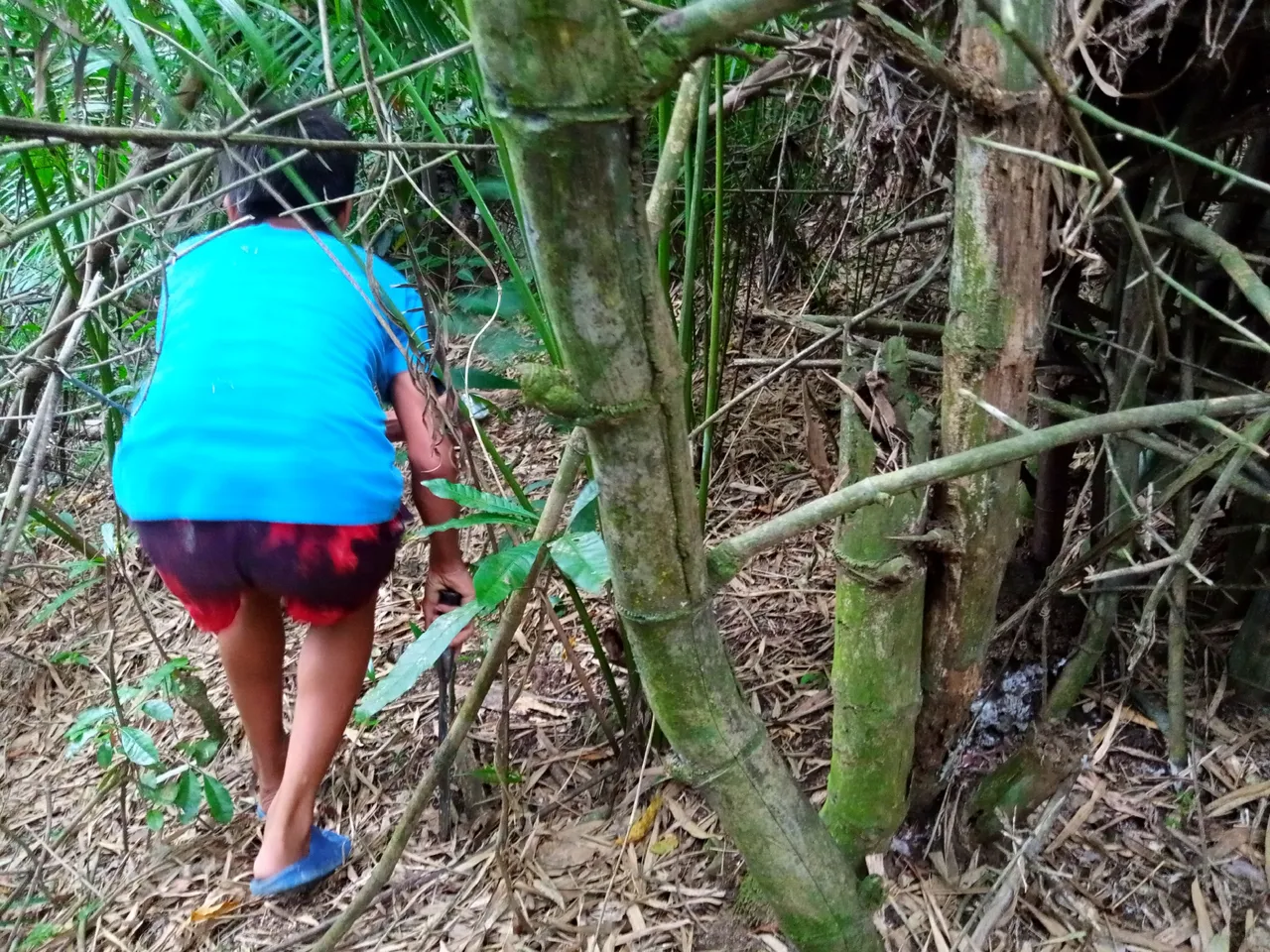
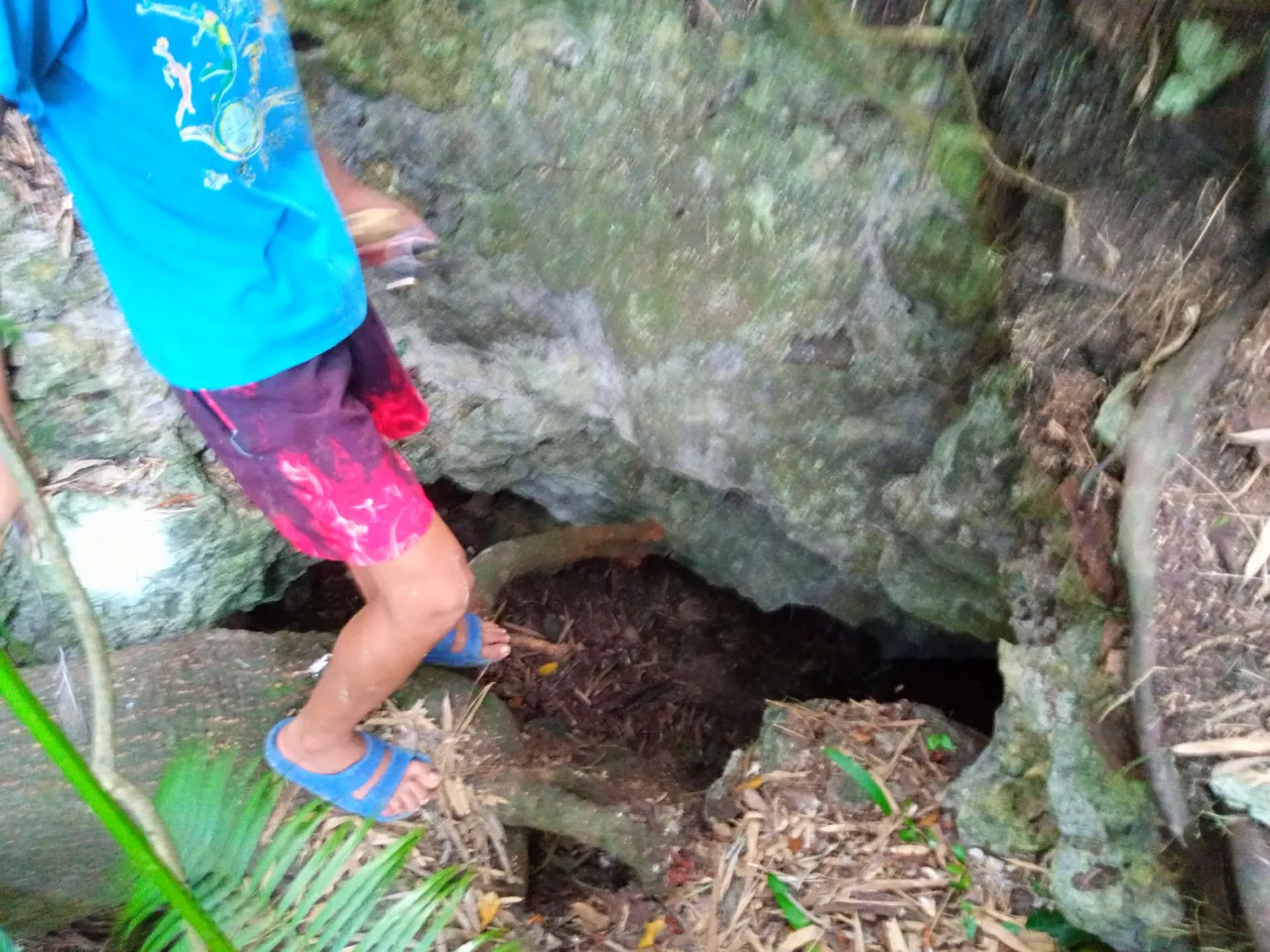
As we try to enter, we expect and hope to witness Kabyaws (cave bats), Timus (crickets), Haw (monitor lizard), and Hanlulubog (black-yellow snakes), but fortunately we didn’t see any snakes and lizards because the temperature outside is cold during this month or season. So, there is no necessity of lying inside and it is not mating season for reptiles yet.
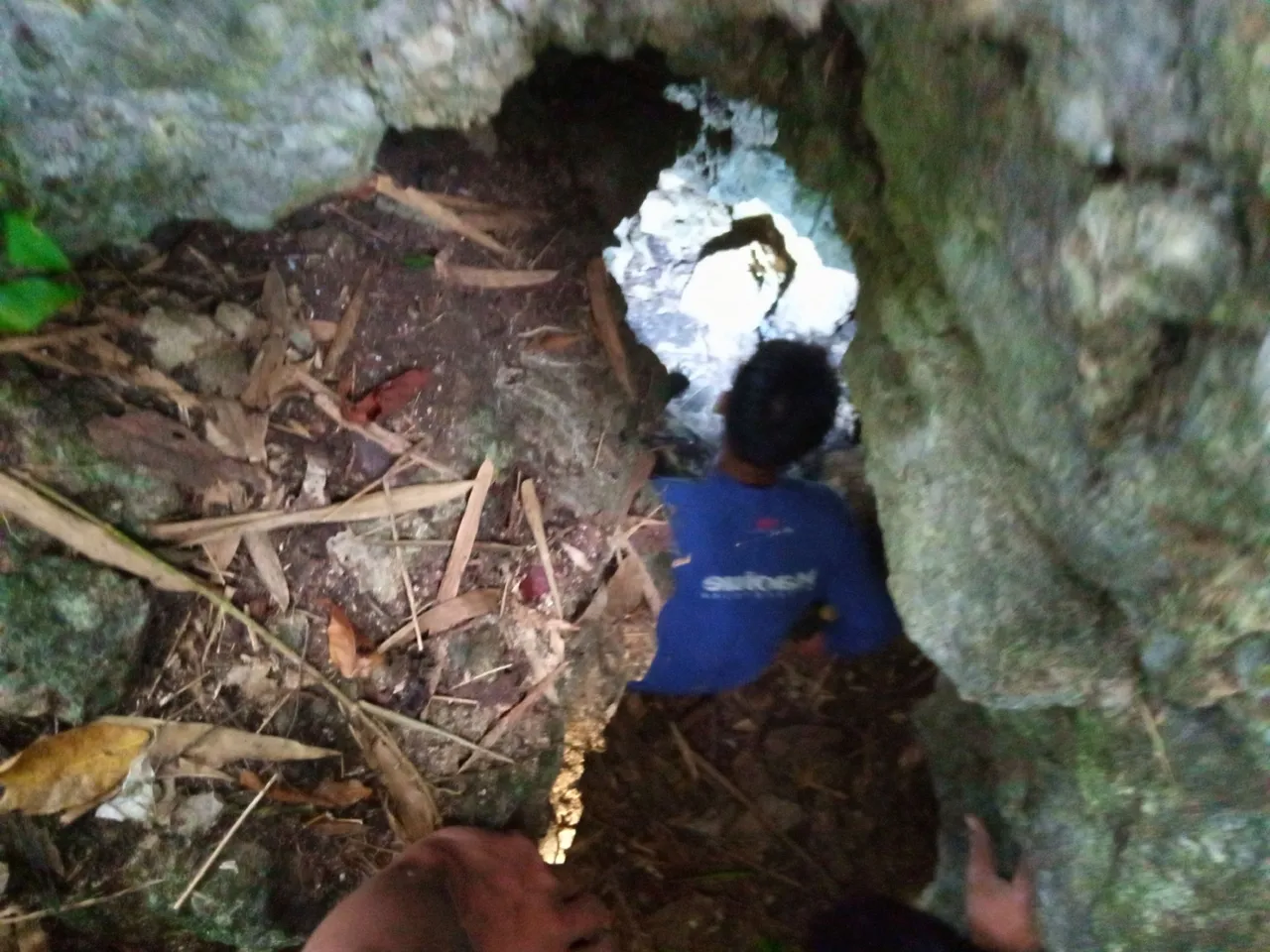
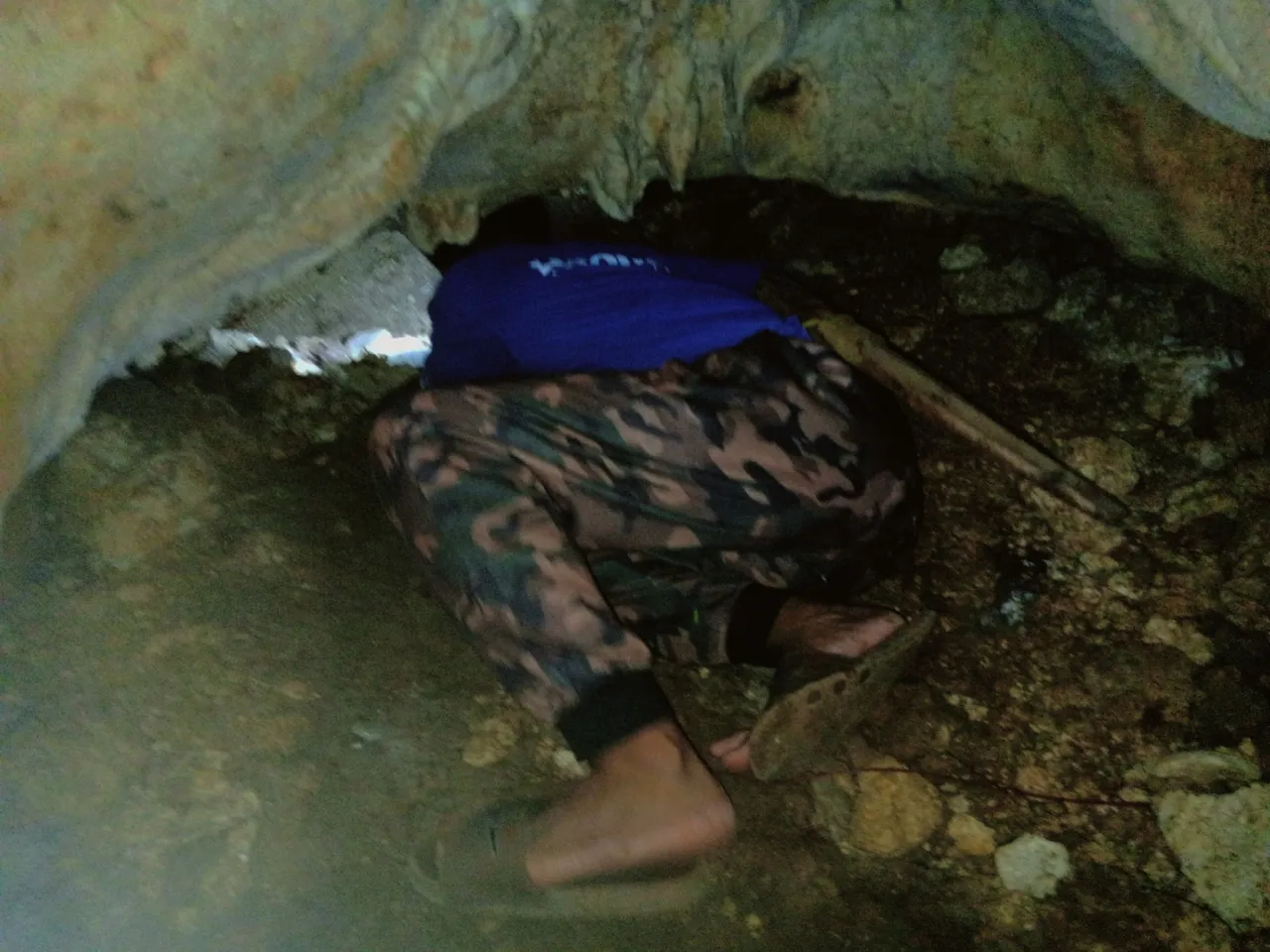
As we proceed inside, the health of the cave, the structure, the inside-shape and its surrounding is still this same way back 2014 when I first enter here. The limestone walls are holed and remain nested by bats. Bat droppings scatter on ground. Limestone, Phosphates and sand glass are rich inside. Stalactites and stalagmites remain scaly white and crocodile- teeth- like shape due to years of continuous dripping and moisture during raining seasons. The smell inside remains odd due to limestone and moisty stalagmites. It’s cold but alindanga (unventilated feeling) since no more outside air reaches such depths. The feeling inside is very silent and buzzingly dark. Have you felt for a moment when your ears are buzzing or ringing? Not due to stock water when bathing on pools or beaches but due to otitis disease, prolong exposure to loud sounds or lots of earwax.

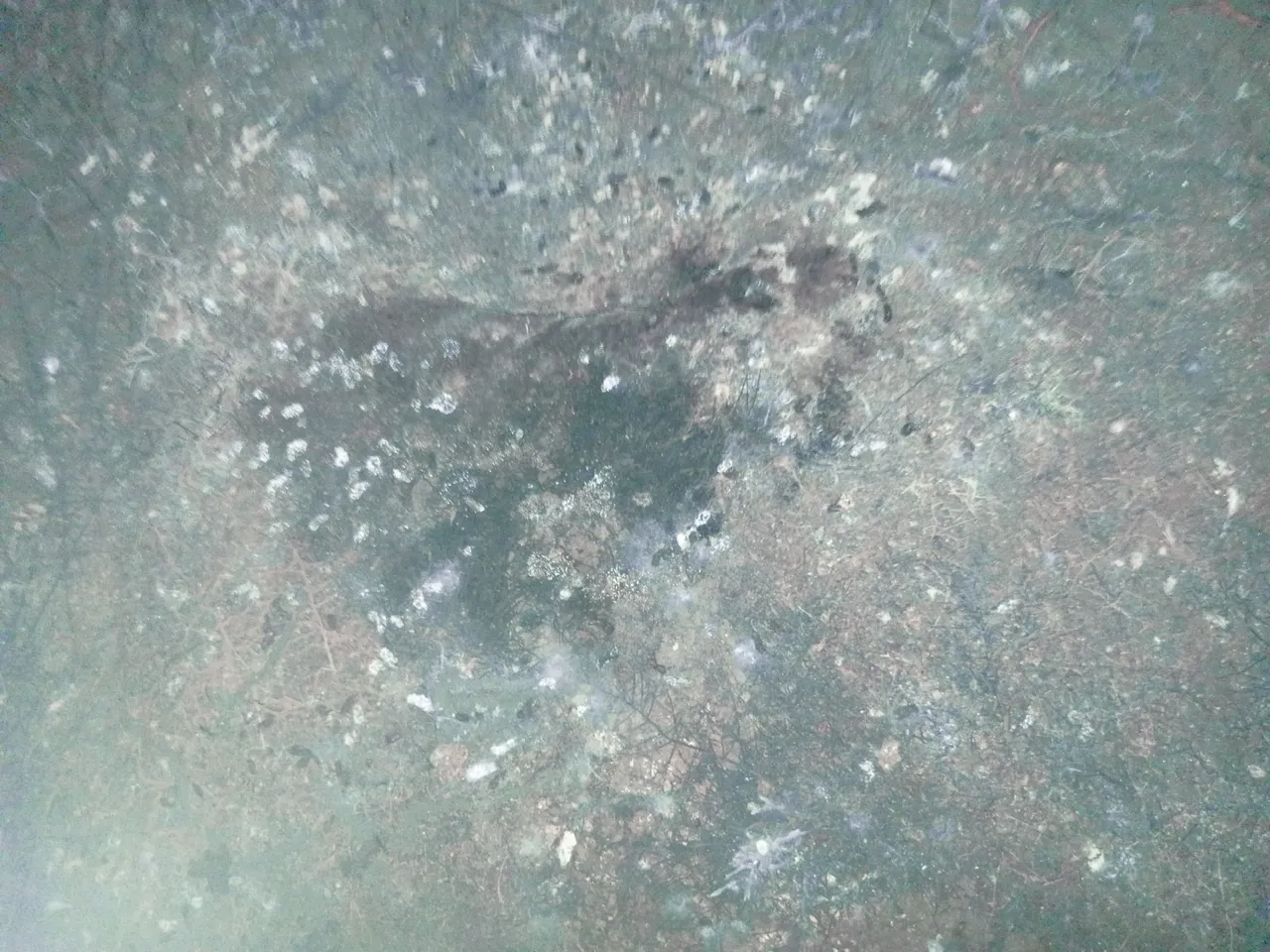
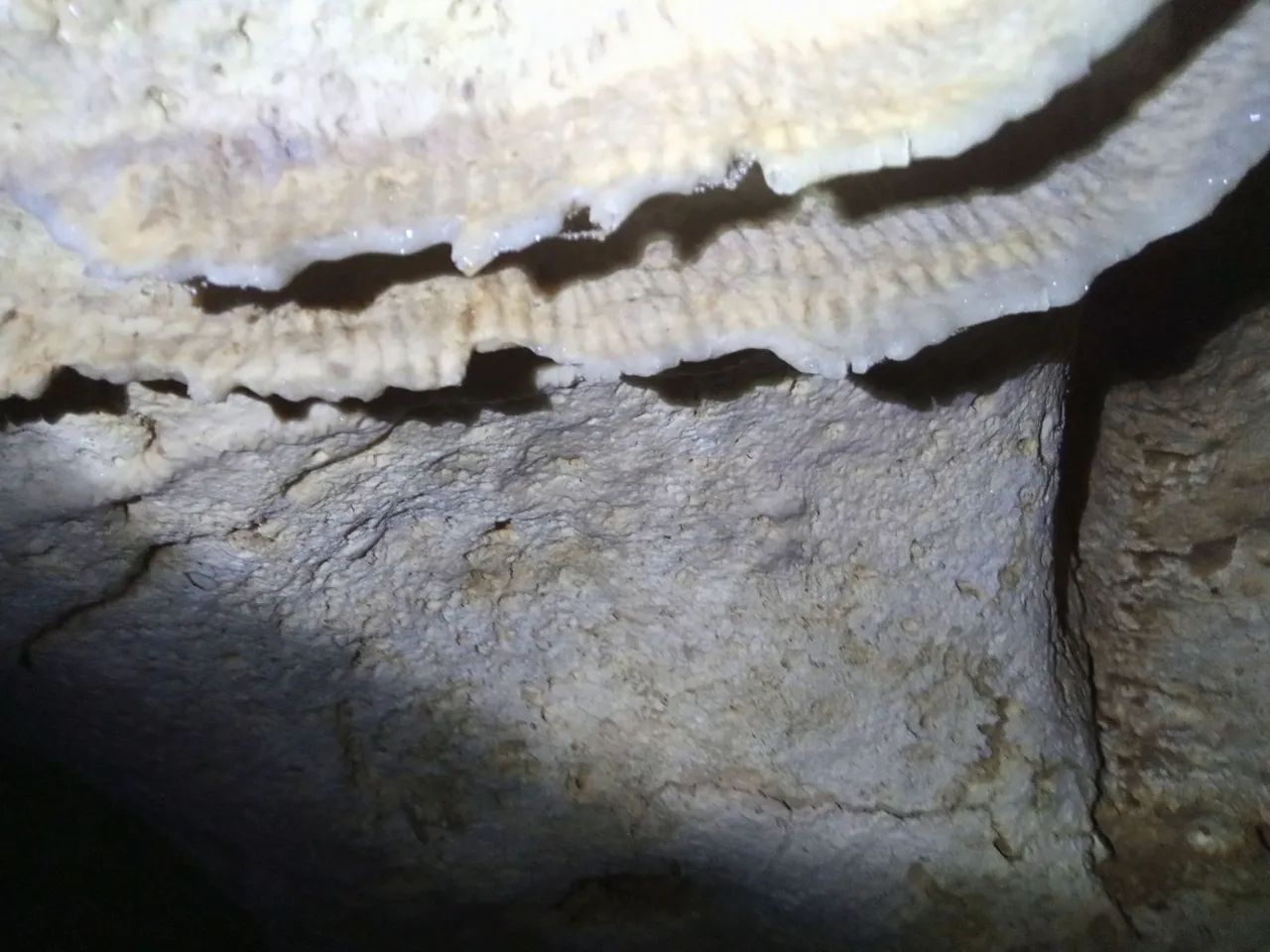
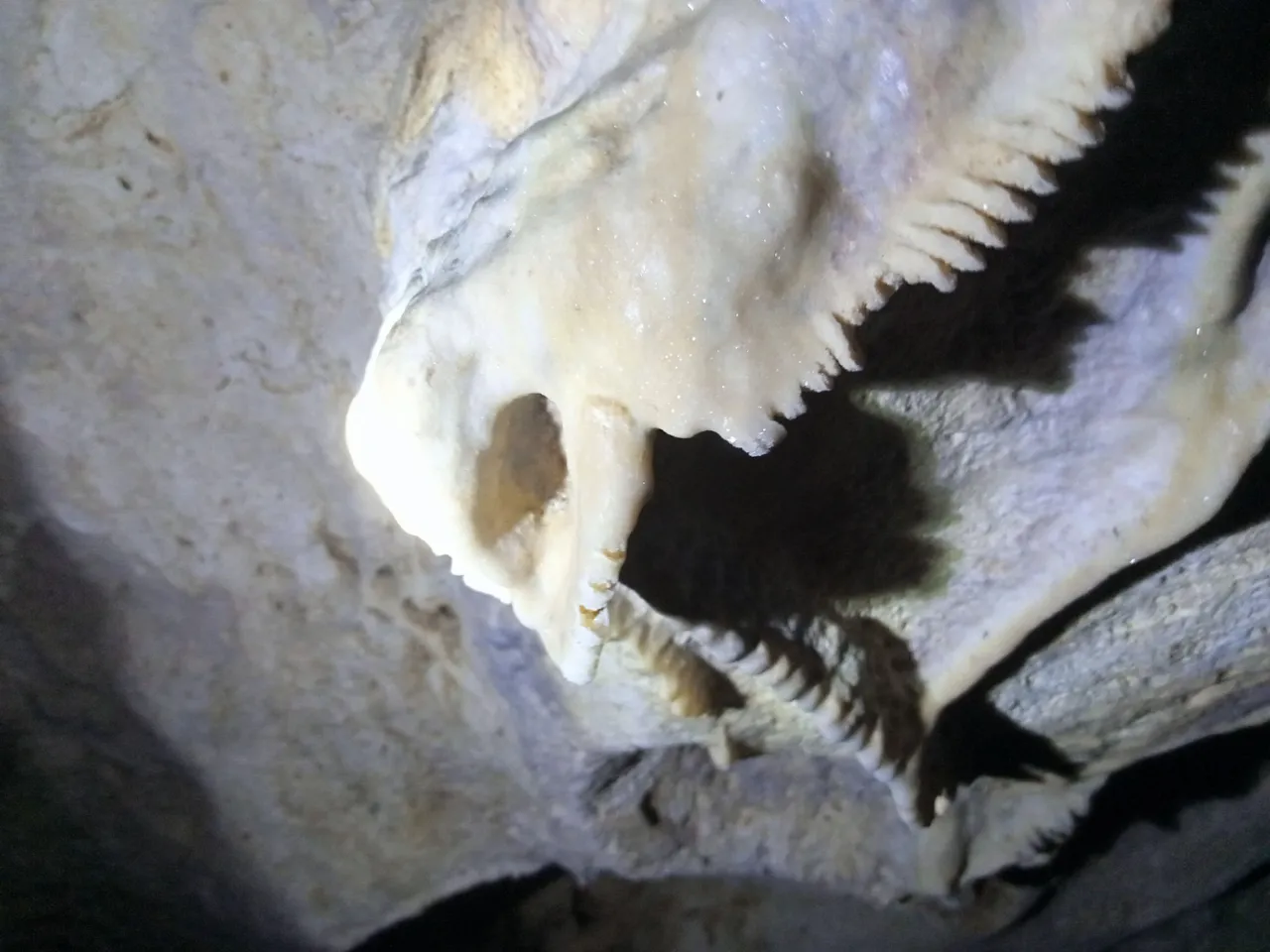
According to old farmers settling nearby the caves, late Lolo Pablo, late Lolo Ceasar, Lola Berhida and late Lolo Erning, this cave is one of the caves here in Sitio Pading which are great source of phosphate, limestone and spring water back then. This cave is one of the hideouts or habitats of their ancestors during storms and local terrorists’ way back 1900’s.
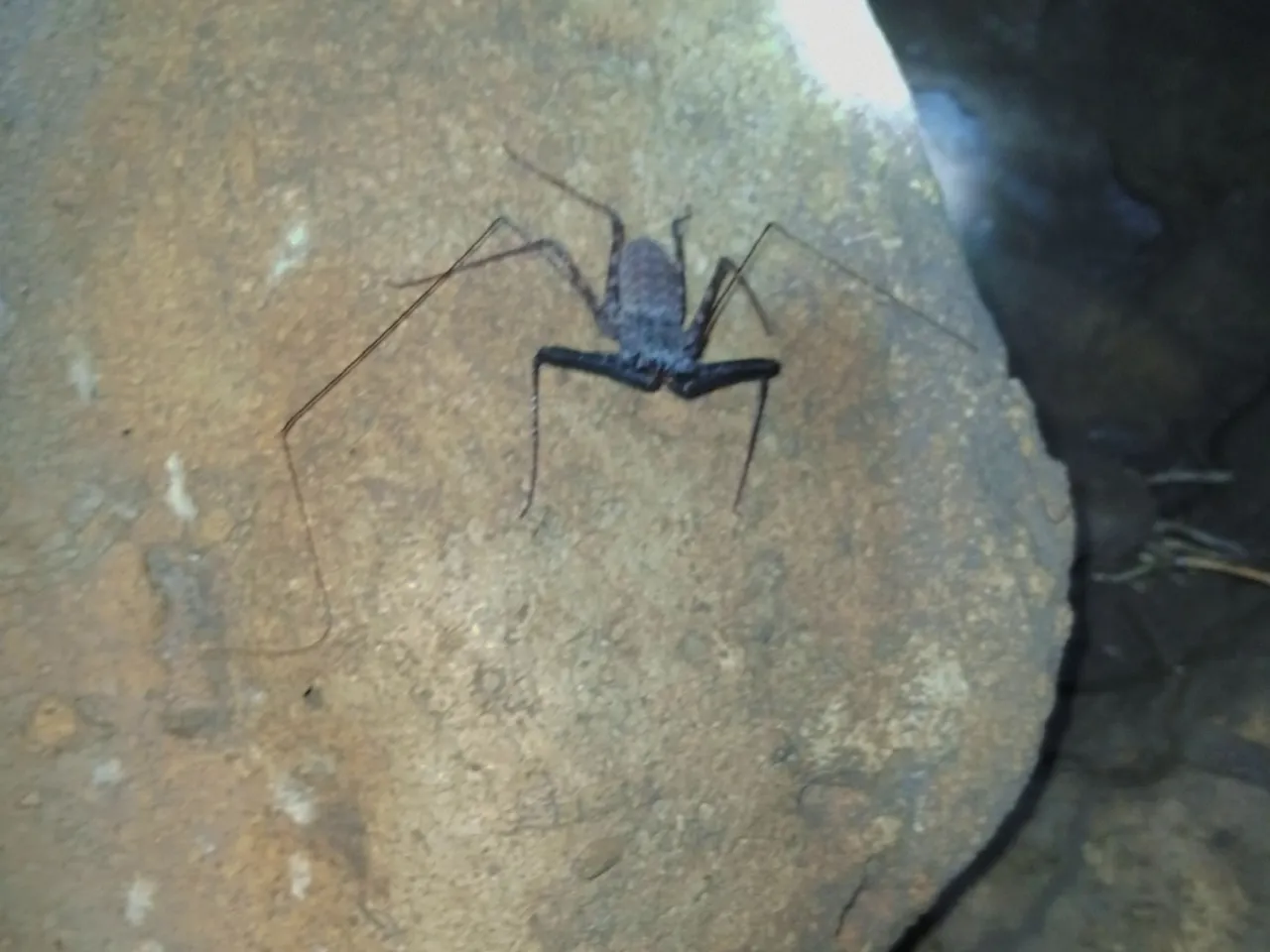
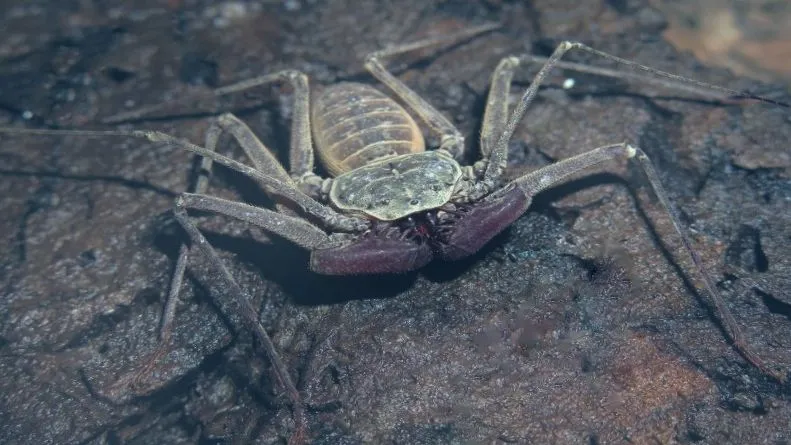
Inside as we go deeper and farther from the opening, this spider fascinates our purpose. I haven’t known its name till I saw it again today. I ask our neighbors to what is the local name of such amazing specie. They say it is called Kayag-ang. I search it online, and its scientifically called Amblypygi Arachnid or also called as the Whip Spider. It is not venomous but it grows to a maximum body size of a computer mouse. It is called whip spider since its front limbs has more than 20 claws that acts as thorns on each side and which strikes inward as its prey gets welcomely and accessibly open. With its grabbing strength equally twice to the biting strength of that of Aninitas (Orange Army Ants) – as my local Lolo’s said even when its body is only big as a 1-peso coin. It is carnivorous in nature and its usual preys are fireflies, flies, small spiders, crickets, flees and Sibog-Sibog (Antlion). It varied specie are same with common spiders. There are Awman (blacks with marks on back), Abohon (gray) and sometimes dark red. Kayag-angs are commonly found on cold places without the presence of plants as they are too preys by other spiders, Bayng-Bayng (praying mantis), and mostly by birds. They are nocturnal animals so they eat at night same with Kabyaws.

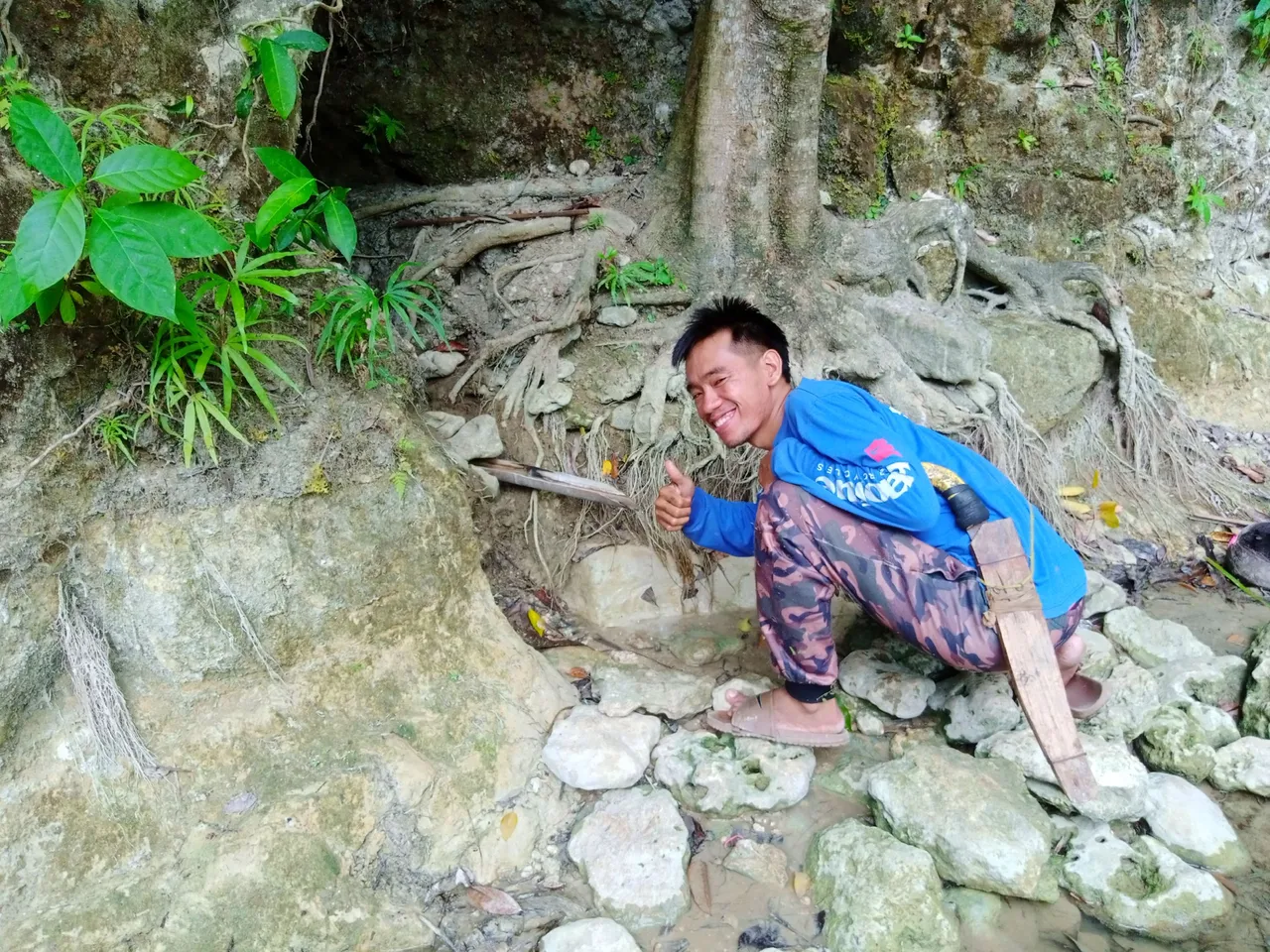
Till we reach the end hole of the cave and can’t crawl anymore, we decided to go outside. We crawl, we walk and we climb carrying our flashlights. With the feeling of satisfaction and confiding. We happily made out safe and stuffy ventilated.